In our interconnected world, the term "5G" has become ubiquitous, promising lightning-fast speeds and transformative capabilities for our mobile devices. But what exactly does 5G mean, and how does it impact our daily lives? In this comprehensive guide, we'll unravel the mysteries of 5G technology, exploring its meaning, applications, and implications.
Understanding 5G
At its core, 5G represents the fifth generation of mobile network technology, succeeding its predecessors, 4G LTE and 3G. Unlike its predecessors, 5G is designed to deliver enhanced mobile broadband, boasting superior speeds, lower latency, and increased network capacity. This means faster download and upload speeds, virtually instant response times, and support for a multitude of connected devices.
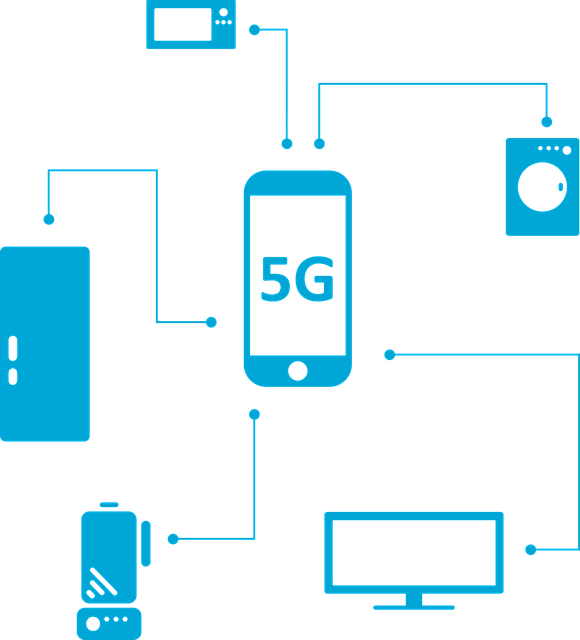
The Basics of 5G Technology
To understand the workings of 5G, we must delve into the realm of wireless technology and cellular networks. 5G operates across a spectrum of radio frequencies, including low, mid, and high bands. It utilizes advanced air interfaces to transmit data more efficiently than ever before. Low-band 5G offers broader coverage and is suitable for urban and rural areas, while mid-band 5G provides faster speeds and greater capacity. High-band 5G, also known as millimeter wave, offers blazing-fast speeds but has limited range and requires more cell sites for coverage.
Common Questions About 5G
As consumers, we often find ourselves inundated with questions about 5G technology. What are the benefits of 5G? How does it differ from previous generations? Let's address these queries and more, providing clarity amidst the complexity.
-
What are the benefits of 5G?
-
Enhanced mobile broadband: Faster download and upload speeds enable seamless streaming, gaming, and file sharing.
-
Lower latency: Virtually instant response times support real-time applications like video calls and online gaming.
-
Increased network capacity: 5G networks can accommodate more connected devices, paving the way for the Internet of Things (IoT) revolution.
-
-
How does 5G differ from previous generations?
-
Speed and capacity: 5G offers significantly faster speeds and greater capacity compared to 4G LTE and 3G.
-
Latency: 5G networks boast lower latency, providing a more responsive and immersive user experience.
-
Use cases: 5G enables a wide range of applications, from augmented reality and virtual reality to smart cities and autonomous vehicles.
-
-
Will 5G replace Wi-Fi?
-
While 5G offers comparable speeds to Wi-Fi, it is unlikely to replace Wi-Fi entirely. Instead, 5G and Wi-Fi will complement each other, providing users with seamless connectivity across various networks.
-
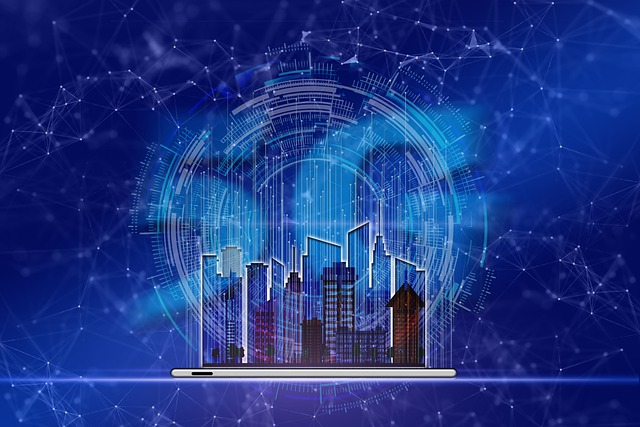
The Impact of 5G
The advent of 5G indicates a new era of connectivity and innovation. From mobile phones to smart cities, the impact of 5G is far-reaching, empowering individuals and industries alike to embrace the possibilities of a hyper-connected world.
Practical Applications of 5G
In the real world, 5G technology is driving transformative change across various sectors. From virtual reality experiences to autonomous vehicles, the applications of 5G are as diverse as they are revolutionary.
Smart Cities
5G technology enables the creation of smart cities, where connected devices and sensors gather data to optimize infrastructure, transportation, energy usage, and public services. Smart cities leverage 5G technology to enhance urban infrastructure, improve sustainability, and enhance quality of life for residents. With 5G-enabled sensors, cameras, and IoT devices deployed throughout the city, municipalities can collect real-time data on traffic flow, air quality, energy consumption, and more. This data allows city planners to make informed decisions and optimize city services in areas such as transportation, waste management, and public safety.
For example, 5G-powered traffic management systems can dynamically adjust traffic signals and reroute vehicles to alleviate congestion and reduce commute times. Smart streetlights equipped with sensors can adjust their brightness based on ambient light levels, saving energy and reducing light pollution.
Additionally, 5G-enabled public safety networks enable faster emergency response times and improved situational awareness for law enforcement and first responders.
Augmented Reality (AR) and Virtual Reality (VR)
5G technology unlocks new possibilities for immersive experiences in augmented reality (AR) and virtual reality (VR) applications with minimal latency, opening up new possibilities for gaming, entertainment, education, and training. With 5G's high bandwidth and low latency, users can enjoy seamless and realistic AR and VR experiences on their mobile devices and headsets.
For example, in the education sector, 5G-powered AR applications can overlay digital content onto physical objects, allowing students to visualize complex concepts and engage in interactive learning experiences. In the healthcare industry, surgeons can use AR-assisted navigation systems to visualize patient anatomy in real-time during surgical procedures, improving precision and patient outcomes. Similarly, VR simulations can provide realistic training scenarios for industries such as aviation, construction, and military, allowing trainees to practice skills and procedures in a safe and controlled environment.
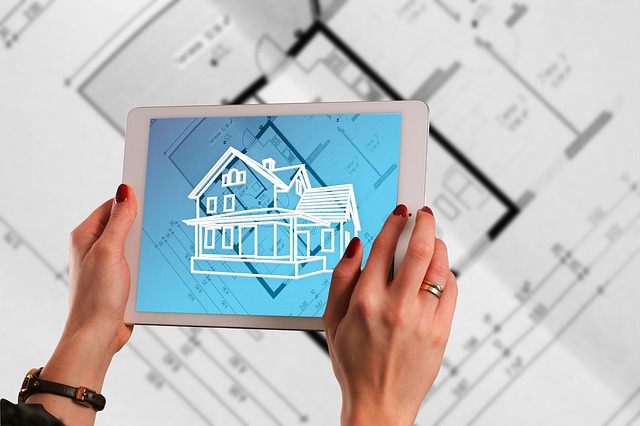
Autonomous Vehicles
5G technology is a game-changer for autonomous vehicles (AVs), enabling safer, more efficient, and more connected transportation systems. With 5G-enabled vehicle-to-everything (V2X) communication, AVs can exchange data with other vehicles, traffic signals, and infrastructure in real-time, allowing for advanced collision avoidance, traffic management, and navigation capabilities.
For example, 5G-powered AVs can anticipate and react to potential hazards on the road, such as sudden stops or obstacles, by receiving real-time updates from nearby vehicles and traffic sensors. Additionally, 5G enables remote monitoring and control of AV fleets, allowing operators to track vehicle performance, optimize routes, and remotely intervene in emergencies.
As 5G networks continue to evolve, we can expect to see even more advanced autonomous driving capabilities, paving the way for safer and more efficient transportation systems of the future.
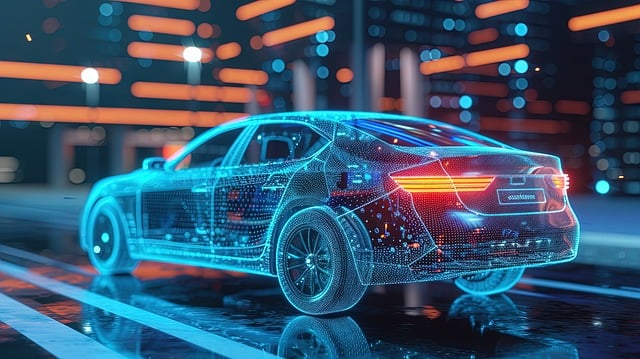
Smart Manufacturing and Industry 4.0
In the realm of manufacturing, 5G technology is driving the transition to Industry 4.0, where interconnected machines and sensors communicate in real-time to optimize production processes. With 5G-enabled automation and robotics, manufacturers can achieve higher levels of efficiency, flexibility, and productivity.
For example, in a smart factory, 5G-connected robots can collaborate with human workers, adapt to changing production demands, and perform complex tasks with precision and speed. Additionally, 5G facilitates predictive maintenance, allowing manufacturers to monitor equipment health in real-time and preemptively address potential issues, minimizing downtime and maximizing uptime.
Enhanced Public Safety and Emergency Response
5G technology has the potential to revolutionize public safety and emergency response operations, enabling faster and more effective communication and coordination during crises. With 5G-enabled devices and applications, first responders can access real-time video streams, high-resolution maps, and vital information in the field, allowing for quicker decision-making and more efficient resource allocation.
For example, paramedics equipped with 5G-connected medical devices can transmit patient data instantly to hospital staff, enabling remote diagnosis and treatment recommendations before the patient arrives at the hospital.
Furthermore, 5G-powered drones and sensors can provide situational awareness and gather critical data in disaster zones, helping emergency responders assess damage, locate survivors, and coordinate rescue efforts more effectively.
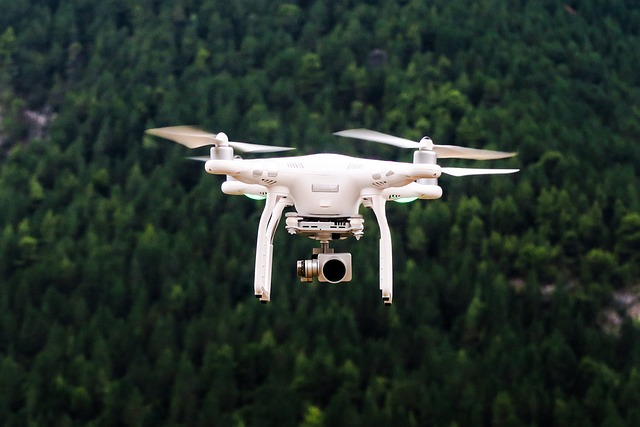
Immersive Entertainment and Gaming Experiences
5G technology is poised to revolutionize the entertainment and gaming industries, offering users immersive experiences and unprecedented levels of interactivity. With 5G-enabled streaming services and cloud gaming platforms, users can access high-definition content and console-quality games on their mobile devices, regardless of their location.
For example, with 5G, users can stream 4K video content without buffering or lag, enjoy immersive virtual reality experiences with minimal latency, and participate in multiplayer gaming tournaments with players from around the world in real-time.
Additionally, 5G-powered augmented reality applications can overlay digital information and interactive elements onto the physical world, enhancing storytelling, education, and consumer experiences across various entertainment mediums.
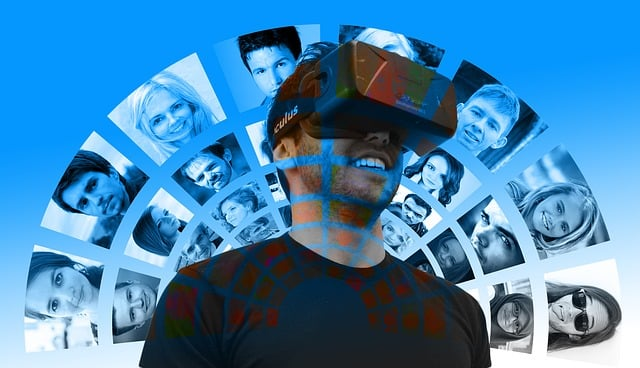
Challenges and Considerations
Despite its potential, the rollout of 5G networks presents several challenges and considerations.
Network Coverage
Achieving comprehensive coverage across urban, suburban, and rural areas remains a significant challenge for cellular providers deploying 5G networks. While 5G offers impressive speeds and capacity, the rollout of infrastructure, including small cells and fiber-optic cables, requires substantial investment and coordination.
Spectrum Allocation
Spectrum allocation is a critical aspect of 5G deployment, as cellular providers must acquire sufficient spectrum to support their networks while minimizing interference with existing services. Spectrum auctions and regulatory approvals play a crucial role in determining access to spectrum bands suitable for 5G.
Infrastructure Requirements
Building and maintaining the infrastructure necessary to support 5G networks present logistical and financial challenges for cellular providers. Deployment of small cells, tower upgrades, and fiber-optic backhaul require coordination with local governments, property owners, and utility companies.
Interference and Signal Propagation
High-frequency 5G signals are susceptible to interference from physical obstacles such as buildings and vegetation, as well as atmospheric conditions like rain and fog. Ensuring reliable signal propagation and minimizing interference are essential for delivering consistent 5G coverage and performance.
Security and Privacy Concerns
As 5G networks become more pervasive, concerns around security and privacy escalate. With a greater number of connected devices and increased data transmission, the risk of cyber threats, data breaches, and unauthorized access rises. Cellular providers and network operators must implement robust security measures and adhere to strict privacy regulations to safeguard user data and network integrity.
Regulatory Compliance
Compliance with regulatory requirements and industry standards poses a challenge for cellular providers navigating the complex landscape of 5G deployment. Regulatory frameworks governing spectrum allocation, network infrastructure, and environmental impact vary by region and country, requiring careful navigation and adherence to legal and regulatory obligations.
Consumer Education and Adoption
Educating consumers about the benefits and capabilities of 5G technology is essential for driving adoption and acceptance. Many consumers may be unfamiliar with the advantages of 5G or may have concerns about potential health risks or privacy implications. Cellular providers must invest in consumer education campaigns and transparent communication to foster trust and encourage adoption of 5G services and devices.
Economic Viability
The economic viability of 5G deployment is a key consideration for cellular providers, particularly in regions with sparse population density or limited infrastructure. Balancing the costs of network deployment, spectrum acquisition, and ongoing maintenance with revenue generation and profitability requires careful strategic planning and investment prioritization.
Global Standards and Interoperability
Ensuring global standards and interoperability is essential for the seamless integration and compatibility of 5G networks and devices across different regions and markets. Collaboration among industry stakeholders, standardization bodies, and regulatory authorities is necessary to establish common frameworks and protocols that facilitate interoperability and enable global connectivity.
Implementation of 5G in Cellular Networks: A Paradigm Shift
The implementation of 5G technology represents a significant leap forward in the evolution of cellular networks, promising unprecedented speed, reliability, and connectivity. As we delve into the intricacies of 5G deployment, it's essential to understand how this transformative technology is reshaping the landscape of wireless communications and revolutionizing the way we interact with our mobile devices.

Previous Cellular Networks
Before delving into the implementation of 5G, it's crucial to reflect on the evolution of cellular networks and their impact on wireless communications. Previous generations, such as 3G and 4G LTE, laid the groundwork for mobile connectivity, offering users access to data services, voice calls, and messaging capabilities. While these networks represented significant advancements in their time, they were limited in terms of download speeds, network capacity, and latency.
The Rise of 5G
With the advent of 5G technology, cellular networks are undergoing a paradigm shift, ushering in a new era of connectivity and innovation. Unlike its predecessors, 5G promises to deliver blazing-fast download speeds, ultra-low latency, and enhanced network capacity, making it ideal for a wide range of applications, from streaming high-definition video to powering Internet of Things (IoT) devices.
Wireless Communications
At the heart of 5G implementation lies the promise of seamless wireless communications, enabling users to stay connected wherever they go. With 5G networks, users can experience significantly faster download speeds compared to previous cellular networks, allowing for quick access to online content, applications, and services.
Download Speeds and Network Capacity
One of the most significant advantages of 5G technology is its ability to deliver unparalleled download speeds and network capacity. With download speeds potentially reaching multiple gigabits per second, users can download large files, stream high-definition video, and engage in bandwidth-intensive applications with ease. Additionally, the increased network capacity of 5G allows for more simultaneous connections and reduced network congestion, ensuring a smoother and more reliable user experience.

The Impact on the Wireless Industry
The implementation of 5G technology has profound implications for the wireless industry as a whole. Mobile device manufacturers are racing to develop 5G-compatible devices, including smartphones, tablets, and IoT devices, to capitalize on the demand for faster and more reliable connectivity. Likewise, cellular providers are investing billions of dollars in 5G infrastructure, including the deployment of new cell towers, small cells, and fiber-optic cables, to expand coverage and deliver on the promise of 5G connectivity.
LTE Networks and the Transition to 5G
As cellular providers transition from LTE networks to 5G, users can expect a significant improvement in their mobile experience. While LTE networks provided reliable connectivity and decent download speeds, they were limited in terms of capacity and latency. With 5G, users can enjoy faster download speeds, lower latency, and enhanced network performance, making tasks such as video streaming, online gaming, and video conferencing smoother and more enjoyable.
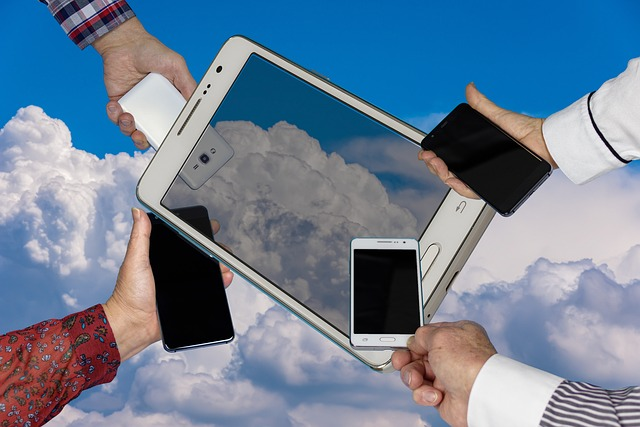
Unlimited Data and Beyond
Another key aspect of 5G implementation is the potential for unlimited data plans, allowing users to stream, download, and browse to their heart's content without fear of data caps or overage charges. With 5G, cellular providers can offer unlimited data plans with confidence, knowing that their networks can handle the increased demand for data-intensive applications and services.
Cellular Providers and the 5G Race
In the race to deploy 5G networks, cellular providers are vying for dominance in the marketplace, each striving to be the first to offer widespread 5G coverage and the most advanced network capabilities. Companies such as Verizon, AT&T, T-Mobile, and Spectrum are investing heavily in 5G infrastructure, including spectrum acquisition, network deployment, and technology innovation, to gain a competitive edge and attract customers.
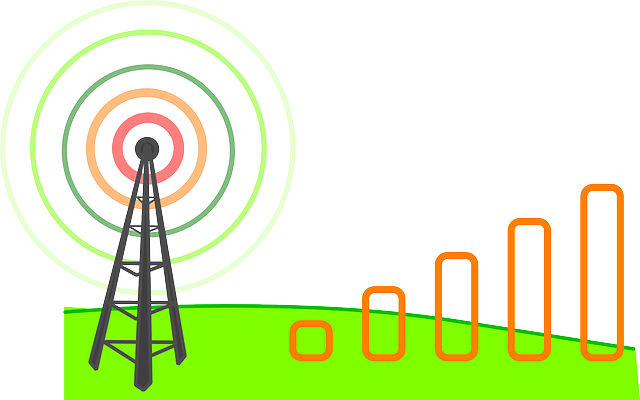
Looking to the Future
As we peer into the future, the possibilities enabled by 5G technology are limitless. From edge computing to smart devices, the evolution of 5G promises to reshape industries, redefine connectivity, and propel us into a new era of technological advancement.
Conclusion
In conclusion, the meaning of 5G extends far beyond its technical specifications. It represents a paradigm shift in how we connect, communicate, and interact with the world around us. As we embrace the opportunities presented by 5G technology, let us navigate the challenges and considerations with foresight, innovation, and collaboration. Together, we can harness the transformative power of 5G to create a brighter, more connected future for all.

